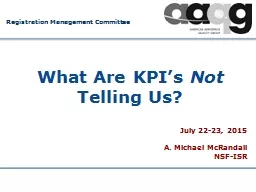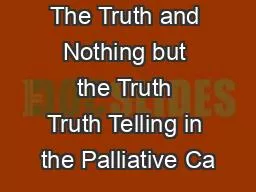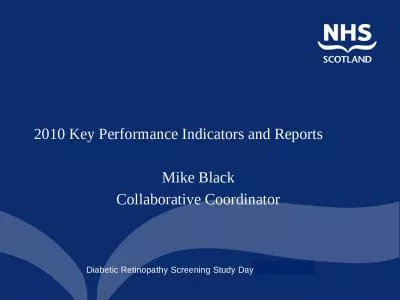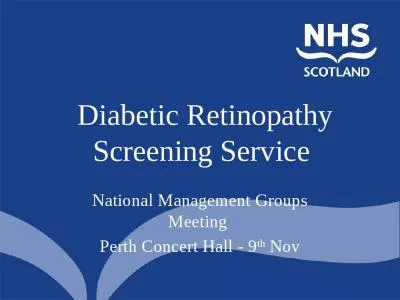PPT-What Are KPI’s Not Telling Us?
Author : calandra-battersby | Published Date : 2018-11-05
July 2223 2015 A Michael McRandall NSFISR Introduction Mike McRandall Business Unit Manager Aerospace NSFISR Over 30 years experience in the aerospace industry
Presentation Embed Code
Download Presentation
Download Presentation The PPT/PDF document "What Are KPI’s Not Telling Us?" is the property of its rightful owner. Permission is granted to download and print the materials on this website for personal, non-commercial use only, and to display it on your personal computer provided you do not modify the materials and that you retain all copyright notices contained in the materials. By downloading content from our website, you accept the terms of this agreement.
What Are KPI’s Not Telling Us?: Transcript
Download Rules Of Document
"What Are KPI’s Not Telling Us?"The content belongs to its owner. You may download and print it for personal use, without modification, and keep all copyright notices. By downloading, you agree to these terms.
Related Documents














